Would you believe that it’s possible to create millions of colors in your painting by simply mixing primary colors?

Mixing primary colors differently, you can create a spectrum of color.
Whether you’re painting a dazzling sunset, a chocolate cake or a cityscape, you can attain all of the colors you need with a tube each of the three primary colors. By learning how to combine and manipulate color starting with the basics, you will not only gain knowledge about color theory, but you also be able to create any color you need, when you need it, without special supplies!
Ready to make some painting magic? Let’s explore some of the things you can do with red, yellow and blue.
Want to paint along? Here’s what you’ll need:
- Red, yellow and blue paint (I used acrylic)
- A palette knife for mixing
- A palette, for mixing colors
- Paper towels for cleaning off the palette knife between mixing colors
- Paintbrush, for applying color
- Work surface (I used canvas paper)
- Water, for cleaning brushes
Step 1: Start with primary colors.
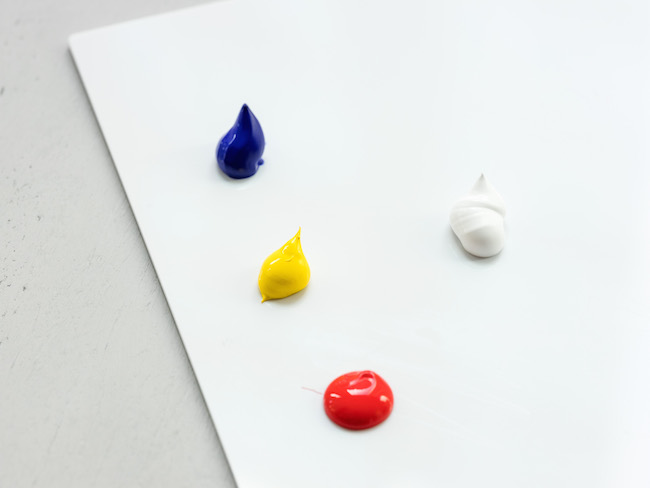
Start simply: On your work surface, place a dab each of the pure primary colors (yellow, red and blue).
Step 2: Create secondary colors.
This step is broken down to three parts to show all of the ways which primary colors can be combined to form the secondary colors. In each part, you’ll create a 50-50 mixture
Add 50 percent yellow to each color.

Add 50 percent yellow to each of the primary colors and see what happens. Well, not much happens to yellow, because you’ve just combined it with more of itself. But something transformative happens to the other primary colors: With the addition of 50 percent yellow paint, red becomes orange and blue becomes green.
Add 50 percent blue to each color.
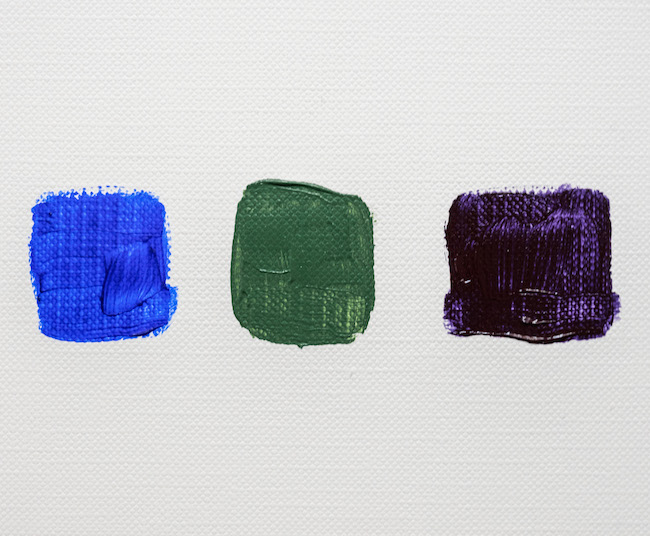
What happens when you add 50 percent blue to each color? Not much to the blue, but plenty happens to yellow and red. With the addition of blue paint, yellow becomes green and red becomes violet.
Add 50 percent red to each color.

Let’s round it out by adding 50 percent red to each primary color. Red remains the same; yellow becomes orange; blue becomes violet.
Now that you’ve combined all of the primary colors with each other, you’ve attained enough color variation to complete a rainbow!

With all the colors of the rainbow on your palette, you can adjust them slightly to create different color variants. For instance, you might create a mixture that has about 70 percent yellow and 30 percent blue for a more grassy, yellow green; you might make a mixture with slightly more red than blue for a rich red-wine tone.
Step 3: Combine primary colors with secondary colors for unique tones.
Once you’ve created the secondary colors, you can use them as new base colors to combine with primary colors, following the same combinations detailed in Step 2 (adding 50 percent each of yellow, red and blue). You’ll find that you get more unique and subtle tones by creating these mixtures. Here are some examples of the combinations you’ll see:
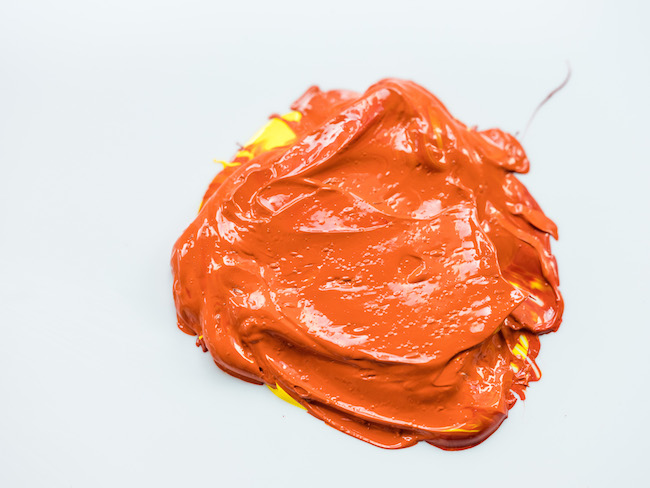
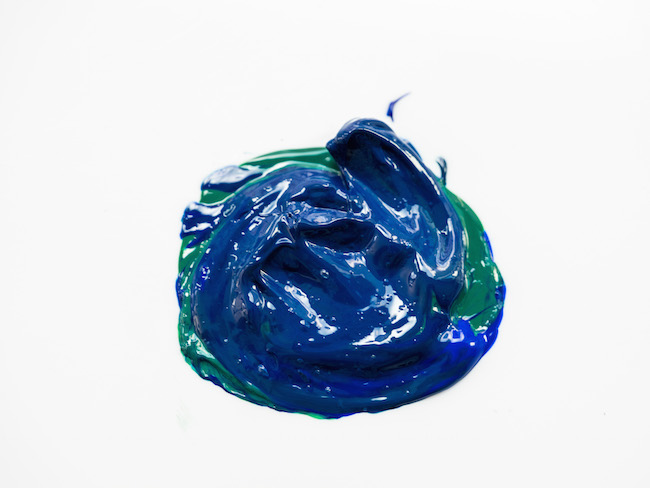
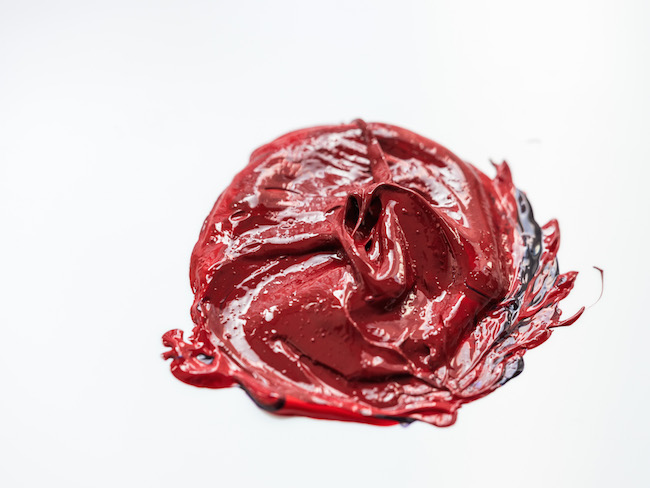
From here, you can play with the ratios of primary colors added to secondary colors to create endless color variations.
Step 4: Combine all of the primary colors to make brown.
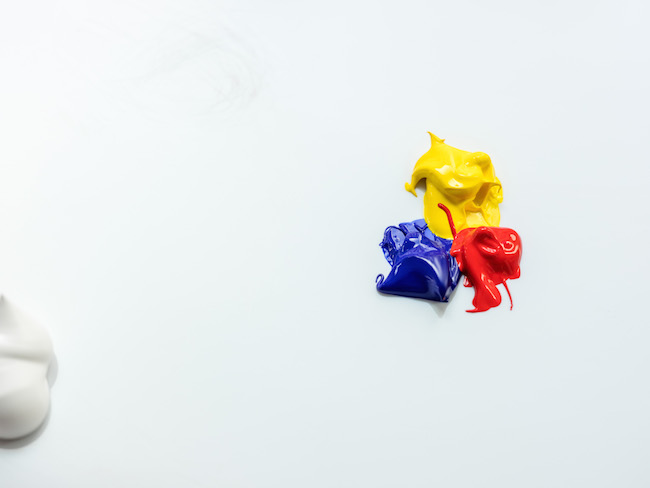
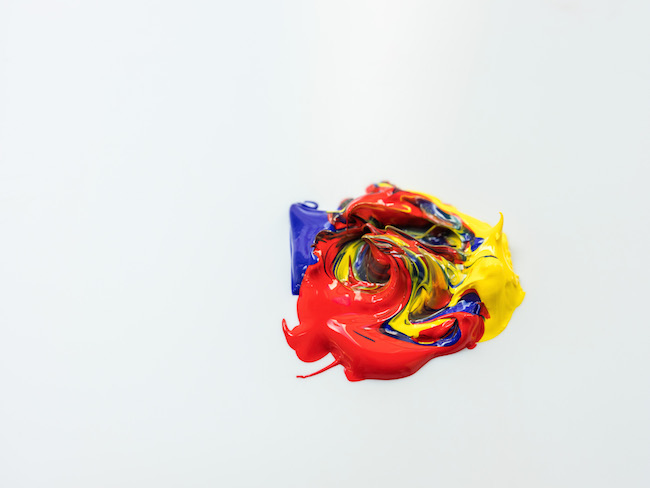
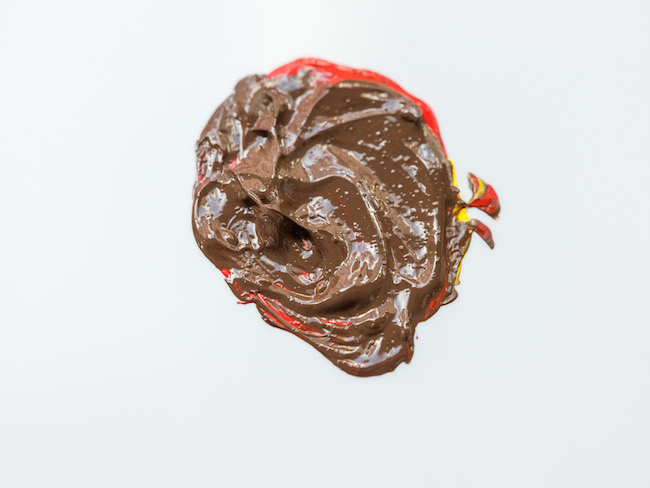
Combine equal parts of each of the primary colors and mix. What do you get? Brown paint. Maybe not the most glamorous color, but an extremely useful one in painting. It is the start of creating skin tones, used to create shadows, and is vital for creating natural elements such as trees. It can also be used to darken mixed colors.
Step 5: Take your mixing to the next level with white paint.
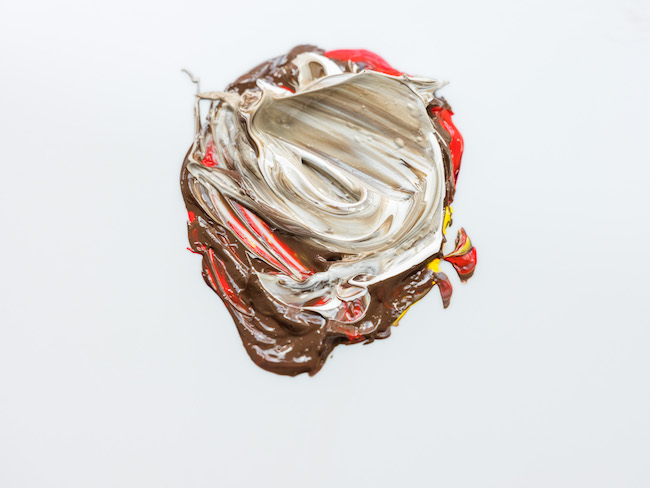
Now, you’ve gotten a taste of the hundreds of colors that are within your reach using primary colors and nothing else. The only thing missing? A way to lighten colors. If you add white to the equation, you can create different tones of each of the colors, making your combinations seemingly limitless!
What about black paint?
Black paint, while useful in many ways, tends to make colors muddy when mixed. For a more natural-looking method of darkening a color, combine it with more of the dominant primary color used in mixing, or add brown paint (which you just learned how to mix in step 4!).
Have you ever experimented with mixing primary colors?
For more information on mixing acrylic paint, check out An Easy Method for Mixing Skin Tones with Acrylic Paint
Thank you
This will be extremely helpful
Very interesting!
This is beautiful
Thanks this was very helpful ☺️
I am glad to know … 1) Red and Yellow make Orange 2)Yellow and Blue make Green 3)Blue and Red make Purple 4) Red, Yellow and Blue make Brown … but are you serious Step 5 isn’t going to explain how to make White beginning with Red, Yellow and Blue paint? (What is said in Step 5 should be written in Step 7 - the final step) Step 6 should explain how to make Black beginning with Red, Yellow and Blue paint. Step 7 could say combine Black and White to make Grey. If you mix White with any of the colors, it creates a Tint of the color (example: Red and White make a tint of Red). If you mix Black with any of the colors, it creates a Shade of the color (example: Red and Black make a shade of Red). If you mix Grey with any of the colors, it creates a Tone of the color (example: Red and Grey make a tone of Red). Is someone going to update Step 5 - 7?